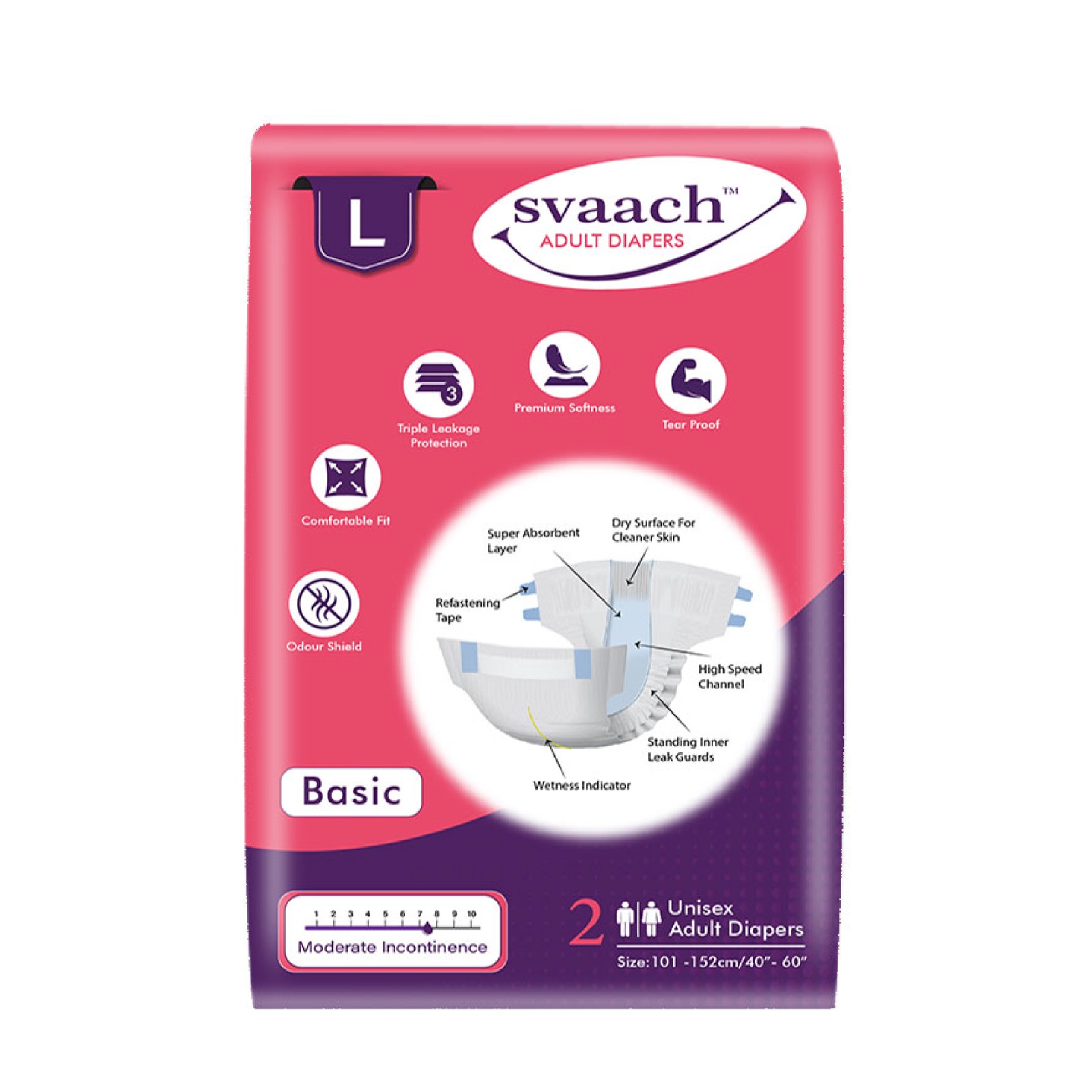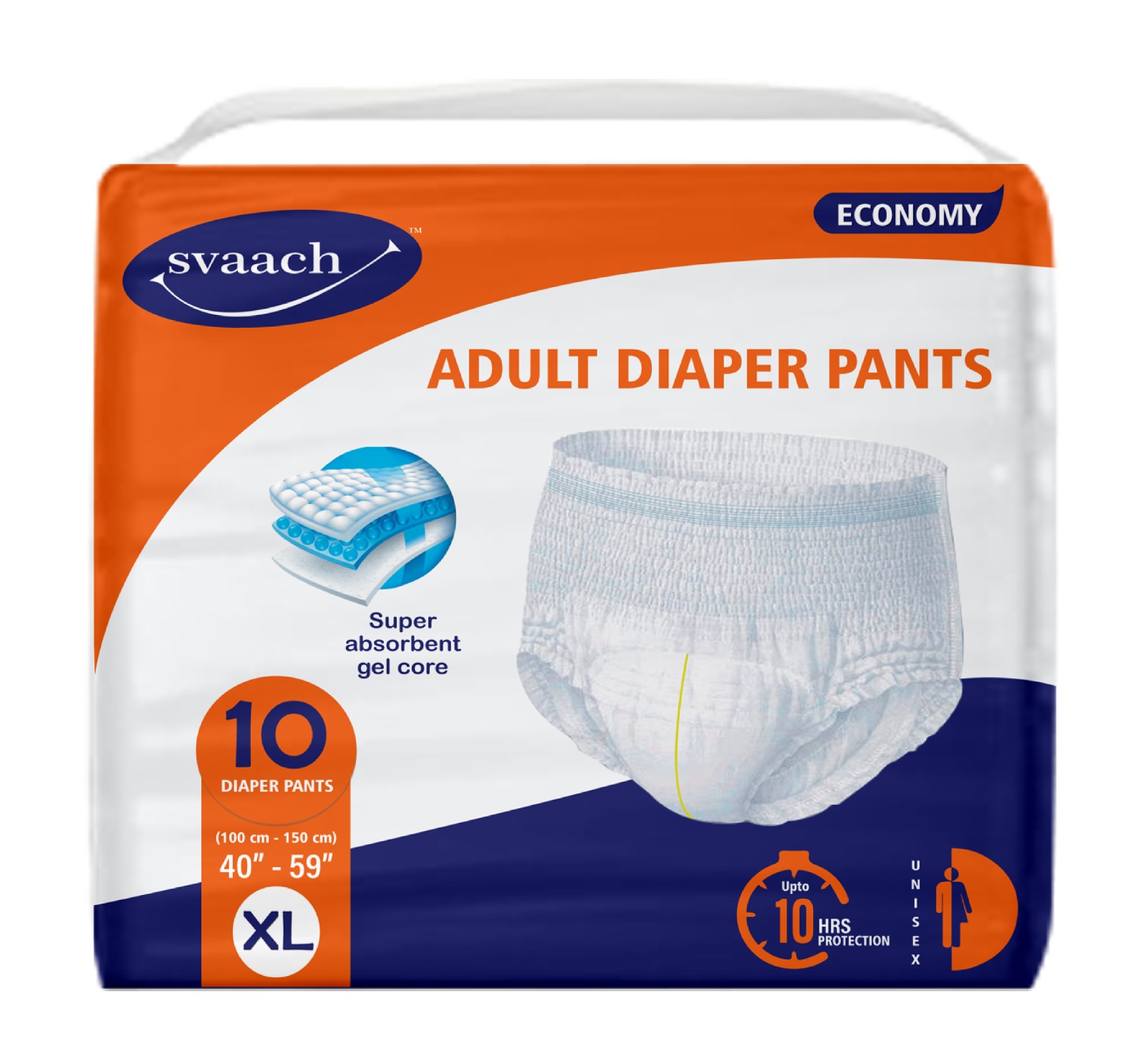Shin splints can be one of the most painful injuries when exercising. However, they are not that serious of an injury and are easy to treat. In this article, we will discuss what shin splints are, their symptoms, and how to treat them.
What Are Shin Splints
Shin splints are known as ‘medial tibial stress syndrome’ in the health industry. The injury involves your tibia, which is the primary bone of your lower leg. Furthermore, this exercise usually occurs when you have been running or performing other activities, which puts stress on your shin. This sort of exercise often occurs in women or if somebody is overweight however, too much exercise can also cause this.
Doctors are unsure of what causes shin splints. Nonetheless, the usual cause is constant stress on the tibia. It then can cause inflammation which is the cause of pain on the inside of your tibia.
What Are The Other Causes?
There are many other common causes of shin splints. Stress fractures are also a common cause of shin splints. These are usually caused when too much stress on the shin bone. Another common cause is muscle strain. It is where you have overstretched the muscles in your front leg and damaged the muscle fibers.
Chronic exertional compartment syndrome – This is an exercise-induced muscle and nerve condition. The symptoms of this would usually be swelling, pain, and in extreme cases, unable to use the muscle in that limb.
Finally, tendon problems are caused when you overload or overuse a tendon which then causes pain and swelling.
Other Symptoms Of Shin Splints
The pain of a shin splint is very sharp, and throbs whilst you have them. The pain is in the inner side of your lower left leg and can be very painful. When the pain starts, you may notice it as you start exercising. Additionally, the pain can get better as you continue to exercise. The pain can also go away when you are resting and not exercising. Finally, your lower leg could feel tender.
If your shin splints are becoming unbearable, we advise you to speak to your local GP. Once you are there, they will check other potential causes for your shin splints. This will be discussed further in the article.
Pain will usually become worse the more exercise you perform. Furthermore, the pain will usually be in a small area. One final point to make with other symptoms is that if you feel that your leg is tight and swollen, you may have compartment syndrome.
Diagnosing Shin Splints
If you have shin splints, there are ways you can treat this yourself without visiting your local GP or physiotherapist. Sometimes the pain can be too much. If this is the case, you should see a GP or physiotherapist.
- The pain is too severe that you have to stop exercising
- The pain doesn’t seem to be easing, and it gets worse
- The pain continues even though you are resting your legs
- The pain occurs without a noticeable cause – this could be due to a new exercise or fitness regime
- Your muscle feels tight – this could be a symptom of compartment syndrome
- There is swelling around your shin bone
If your GP diagnoses shin splints, they will advise you to see a physiotherapist. Depending on the severity of your shin splints, they may advise you to see a specialist in sport and exercise however, this may only be available privately.
Once you see a physiotherapist, they will ask about your symptoms. They will also ask how often you exercise this part of the body and if you have had any other medical issues recently. Moreover, shin splints can be diagnosed early and require few medical tests. Nonetheless, a GP may arrange an x-ray to rule out any other potential causes for your shin splints.
How To Cure Shin Splints Yourself
If you suffer from shin splints, you can do a few things to cure them yourself.
Stop performing exercises – If you notice the pain worsening, we advise you to stop exercising. Try to reduce putting pressure on your legs as well. Instead, perform other activities such as swimming or cycling.
Pain Relief – Over-the-counter medical supplies, such as paracetamol and ibuprofen, can temporarily take the pain away.
Ice Packs – This is a typical solution to any injury that involves inflammation. It is important for relieving the pain of a shin splint, so get an ice pack and put it in a towel. Then hold the ice pack there for 15 minutes after exercise.
Stretches – Light stretches for your calf muscles can temporarily cure the pain. A good way to do this is by standing on the edge of a step and raising yourself on the balls of your feet. Once you have done that, gently lower yourself below the step so you can feel your calf muscle tighten.
Shock Absorbing Soles – These are great for exercise. Shock absorbers are great for softening the impact when running/jogging/walking.
As soon as you realize the pain is easing, we advise you to return to exercise. Perform simple exercises that do not cause a lot of stress on the tibia.
Treatments Of Shin Splints
Usually, shin splints can be treated at home and rarely require a GP or physiotherapist. Nonetheless, you may need specialist help if you cannot cure them at home.
Physiotherapy
A physiotherapist can help you with shin splints if the pain is too much. They will tell you to perform exercises to strengthen and stretch the muscles around your lower leg. Additionally, they may say you need a healthier diet and suggest getting plenty of rest to recover your bones.
Once your shin splints have cured, they will tell you different exercises to ease back into training. Performing intense exercise after a shin splint is not advised, so ensure you are performing light workouts.
Shoe Inserts
You can buy specially made orthotic insoles that you can place inside your shoe. These will not only help treat shin splints but can also prevent them. Furthermore, these insoles can also change your walk and run, which may prevent you from getting shin splints in the future.
Summary
Exercising can be difficult when you have shin splints, and it makes it rest. It is advised that you get as much rest as possible if you have a shin splint. Treat it similarly to a muscle injury. Once you have rested and no longer feel the pain, we advise you to get your gym leggings on and go for light jogs to ease your way back into exercising.





























